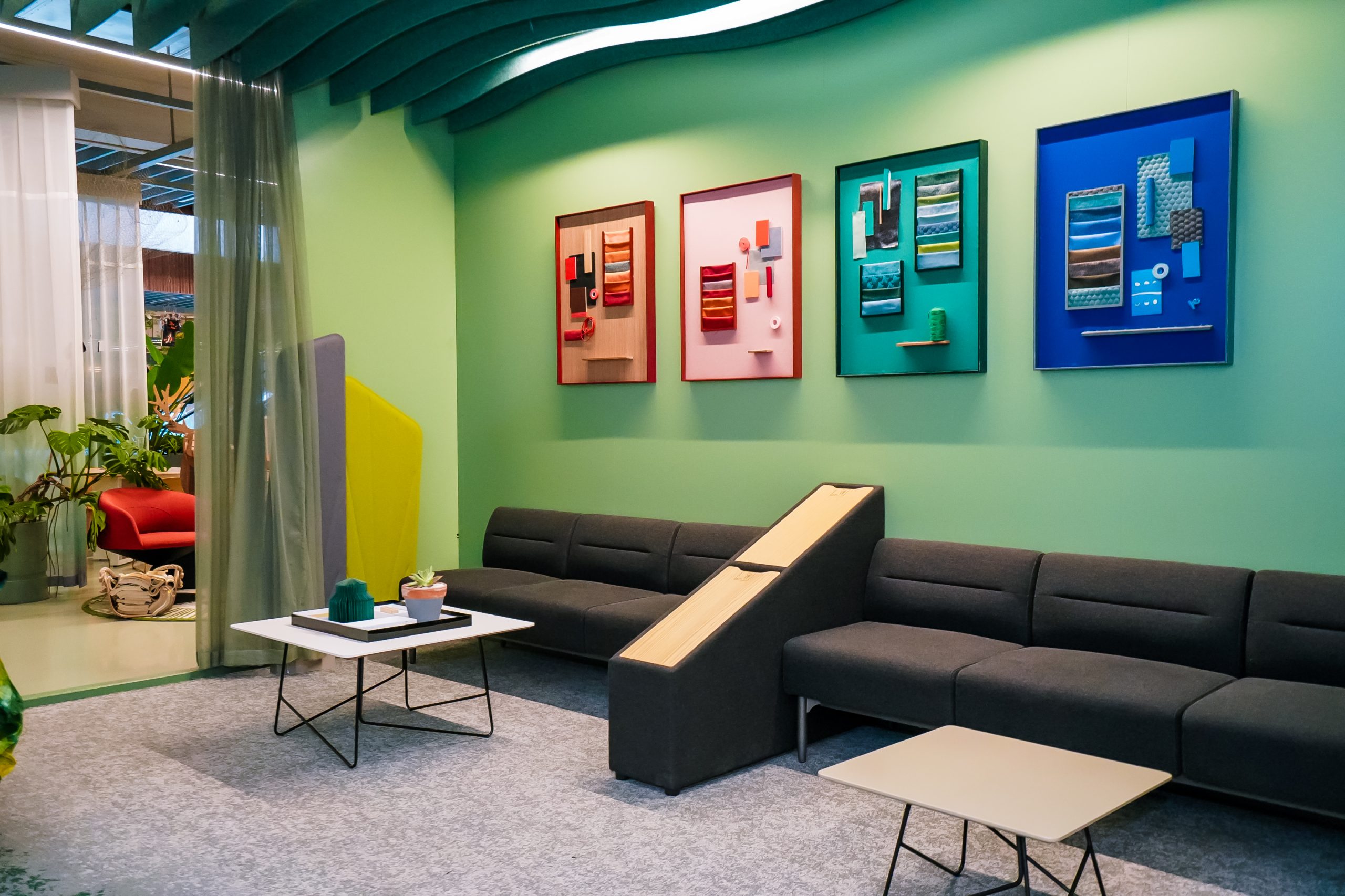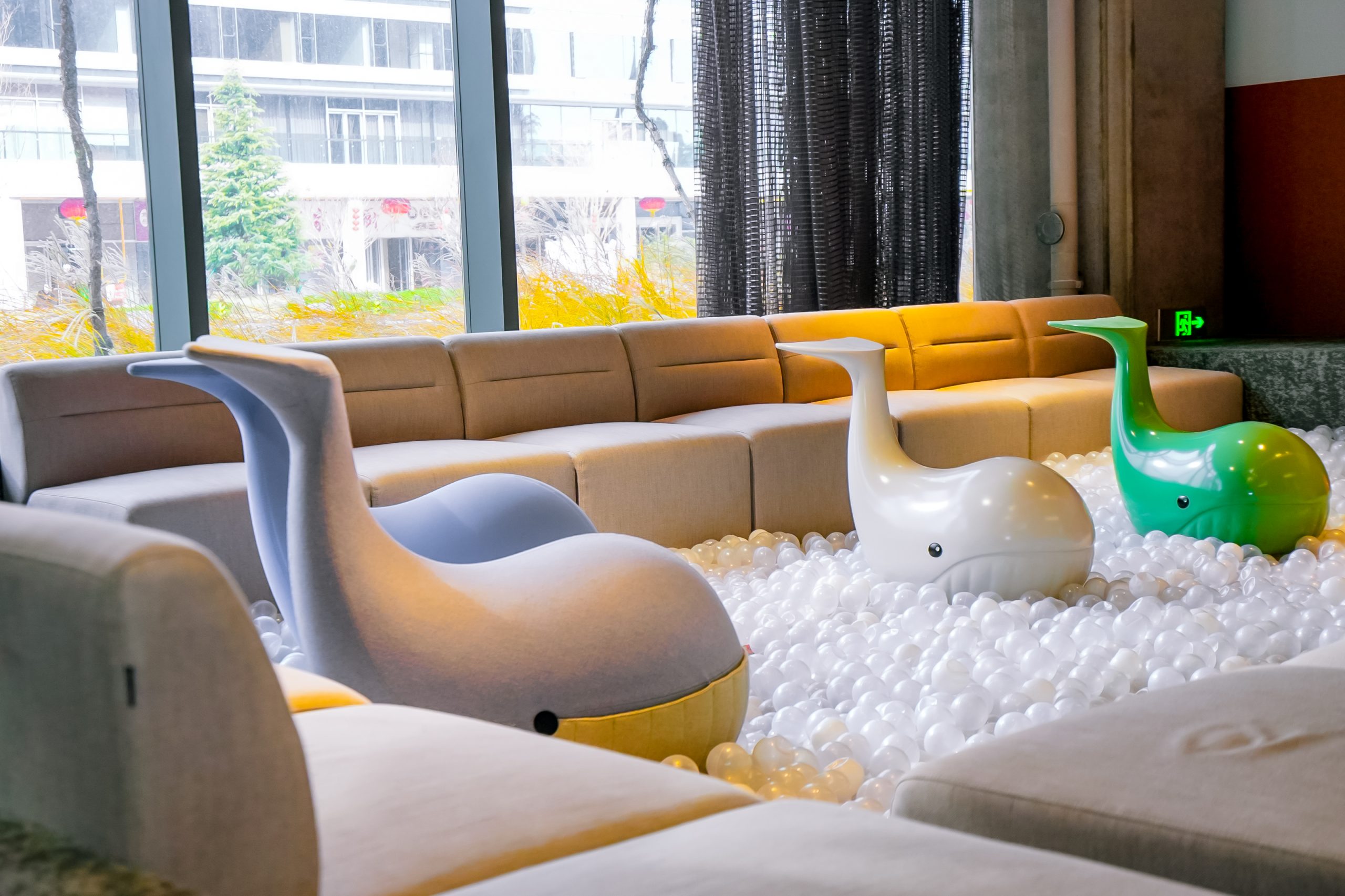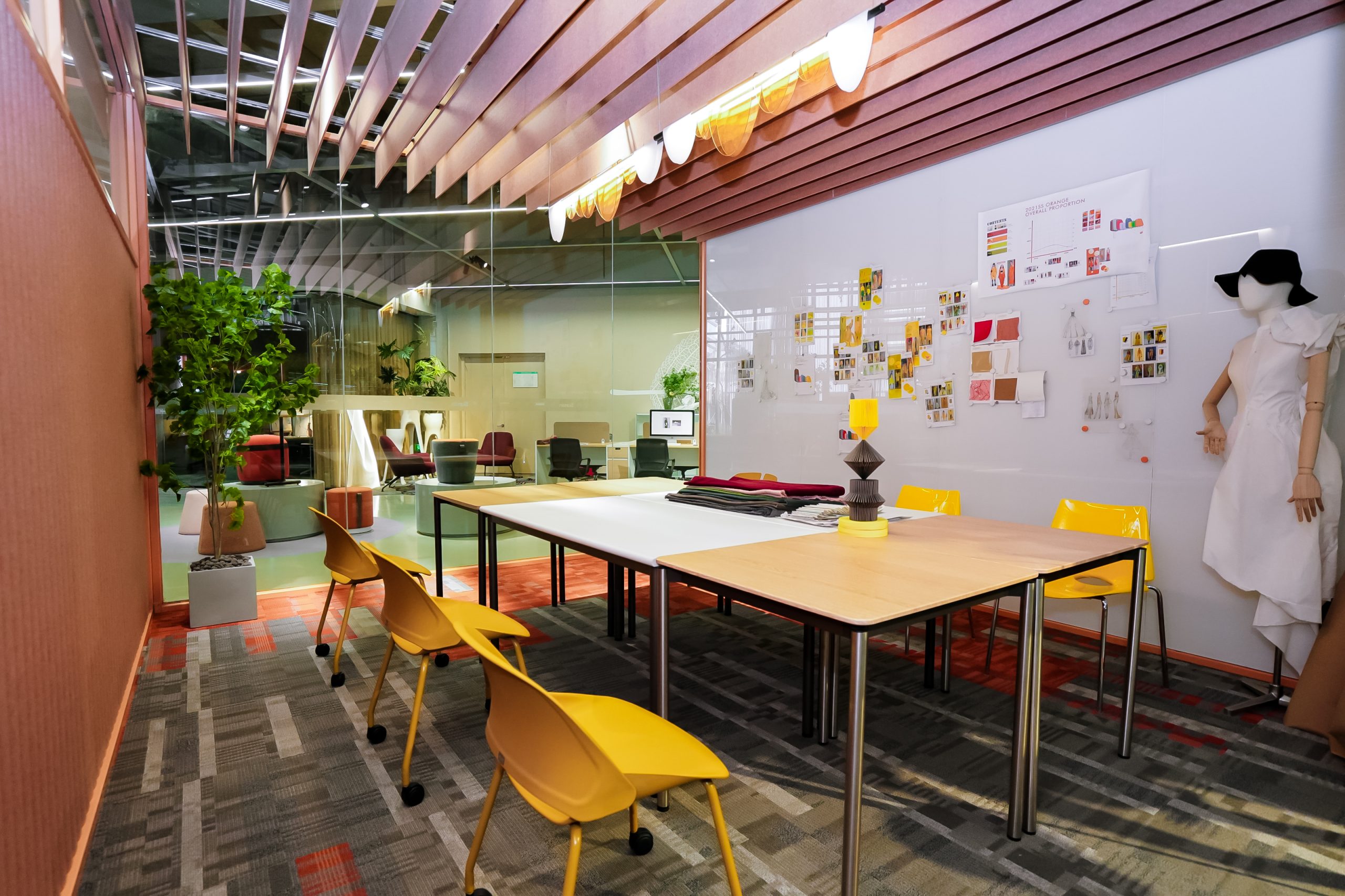-
As businesses navigate a rapidly evolving work landscape, one truth has become increasingly clear: the traditional office is no longer just a place to work. It must now be a dynamic hub that balances digital efficiency with human connection, fostering both productivity and wellbeing. Employees and employers alike are recognizing that while technology has made work more flexible, it has also created new challenges—primarily around social engagement, mental health, and workplace culture. Moving forward, office design will need to address these concerns to create sustainable and effective work environments.
-
From Physical Presence to Digital Dominance
The way we work has undergone a fundamental shift. Digital interactions now surpass face-to-face communication, even within office settings. Virtual meetings and remote work have become the norm, offering employees flexibility and efficiency. However, this transition has also led to an unintended consequence: an increase in isolation and a decline in spontaneous collaboration. The loss of casual hallway conversations and impromptu brainstorming sessions can weaken workplace culture and reduce innovation.
Employers are now seeking ways to reintroduce meaningful in-person interactions without sacrificing the benefits of digital connectivity. The challenge lies in designing offices that facilitate both modes of working—encouraging engagement while still catering to the hybrid and remote workforce.
-
Wellbeing Takes Center Stage
The mental health conversation has gained significant traction, often overtaking physical health as a primary workplace concern. Increased workloads, constant digital connectivity, and blurred boundaries between work and personal life have heightened stress levels for employees. In response, companies are prioritizing wellness initiatives that go beyond traditional benefits.
Office spaces must now integrate elements that support mental and physical wellbeing. This includes ergonomic furniture, natural light, greenery, and flexible work areas that allow employees to choose environments that suit their tasks—whether that’s a quiet space for focus work or an open lounge for collaboration. The goal is to create a workplace that enhances overall wellbeing, leading to happier, more engaged employees.
-
Key Trends Shaping Future Workspaces
1. Hybrid-Friendly Designs–
Offices are evolving into collaboration hubs rather than fixed workstations. Spaces must be flexible, with modular furniture and adaptable layouts that cater to both in-person and remote employees.2. Technology-Integrated Workspaces–
Smart offices with AI-driven tools, seamless video conferencing setups, and digital collaboration platforms are becoming essential to bridge the gap between physical and remote work.
3. Biophilic and Sustainable Design–
Bringing nature indoors through biophilic design—integrating plants, natural materials, and eco-friendly solutions—not only reduces stress but also aligns with sustainability goals. Employees and employers alike are demanding greener office solutions.
4. Focus on Social Connection–
While digital tools keep teams connected virtually, companies are investing in physical spaces that promote casual interactions—coffee lounges, communal seating, and breakout zones designed to foster creativity and collaboration.
5. Employee-Centric Wellness Programs–
Beyond ergonomic furniture, wellness-focused office design includes meditation areas, fitness zones, and quiet pods that help employees recharge during the workday.
-
The Road Ahead
The future of workspaces isn’t about choosing between digital and physical—it’s about integrating both in a way that supports employee engagement, innovation, and well-being. Companies that invest in “people-first office design” will build environments where employees don’t just work but thrive.
As we move forward, one thing is certain: the best offices will not be the ones with the most desks, but the ones with the most purpose.
- Space
-
Products
 Desks&worksatation
Desks&worksatation Training systemPanel&Space Division
Training systemPanel&Space Division Accessories
Accessories - Resource
- Sustainability
- About Us
- Space
-
Products
 Desks&worksatation
Desks&worksatation Training systemPanel&Space Division
Training systemPanel&Space Division Accessories
Accessories - Resource
- Sustainability
- About Us
- Showroom
- Dealership
- Contact















